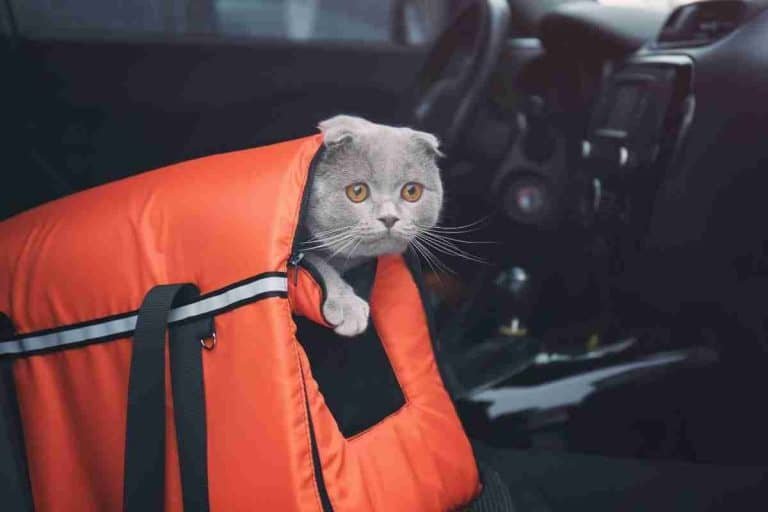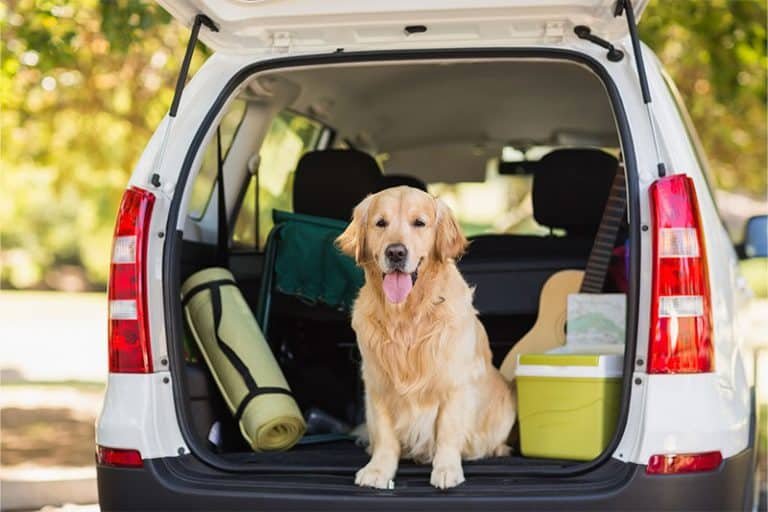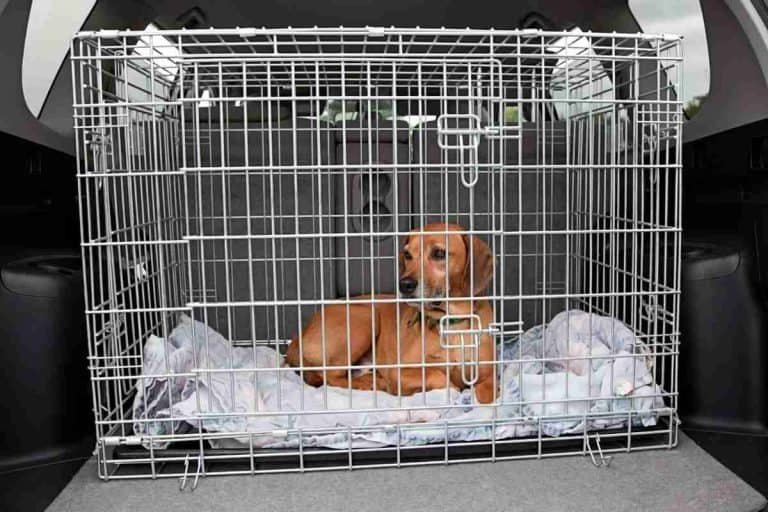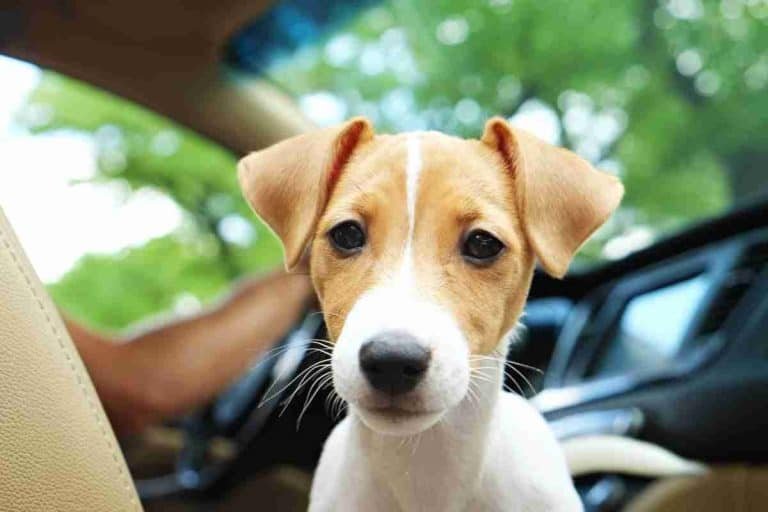Can I travel on vacation by car with my Parrot?
Affiliate Disclaimer: As an affiliate, we may earn a small commission when you make a purchase from any of the links on this page at no additional cost to you!
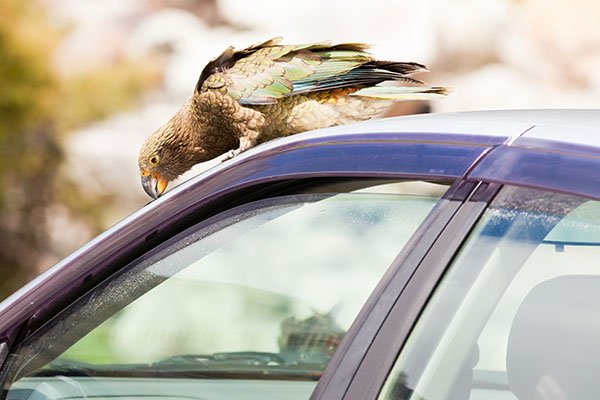
Sometimes, one just cannot find a reliable pet sitter and in the case of a parrot that can be fickle and picky, it may just not be the way to go. Parrots are often attached to their owners and fret if their human is not around. So, the question is, can you travel by car with a parrot?
The answer is: Yes, you can definitely travel by car with a parrot.
Travelling with a parrot can be a rewarding experience for both the bird and its owner. Parrots are intelligent, social animals that enjoy exploring new environments and experiencing new things. Additionally, travelling with a parrot can help strengthen the bond between the bird and its owner.
However, there are some things you should consider to ensure the safety, comfort and well-being of your feathered friend, as well as the pleasantness of the trip.
In this blog post, we will look at the steps to take to ensure that your parrot (and you) has as enjoyable a trip as possible.
1. Does the destination you have picked accommodate pets?
More specifically, will it accommodate your parrot? Do your homework and find out which resorts or vacation rentals will be willing to accommodate you and your bird.
2. Use a secure travel cage or carrier for your parrot:
Firstly, it is important to make sure that your parrot is secured in a travel cage or carrier that is appropriately sized for your bird. It should also be securely fastened to the car so that it does not move around as you travel.

Do you need a special cage to travel by car with a parrot?
While it is not necessary to have a special cage, it is recommended to use a travel cage or carrier that is designed for parrots. A travel cage or carrier for parrots should be appropriately sized for your bird, allowing it to move around, stretch its wings, and have access to food and water. The cage or carrier should also be securely fastened inside the car, so it does not move around during transit. It is essential to use a cage or carrier that is easy to clean and sanitize, as travelling can be stressful for parrots, and they may become ill if exposed to unsanitary conditions.
If you do not have a travel cage or carrier, you can also use a regular cage, but it should be secured in the car using seat belts or other restraints to prevent it from moving around. Additionally, you should remove any loose items from the cage, such as toys or perches, to prevent them from becoming hazardous projectiles during transit.
While a special cage is not necessary, it is recommended to use a travel cage or carrier designed for parrots to ensure their safety and comfort during car travel.
3. Acclimatise your parrot for long trips:
If you plan to travel a long distance and your parrot is not used to car travel, it is a good idea to acclimate it slowly before taking longer trips. You can start by taking short trips around the block and gradually increasing the duration and distance of the trips.
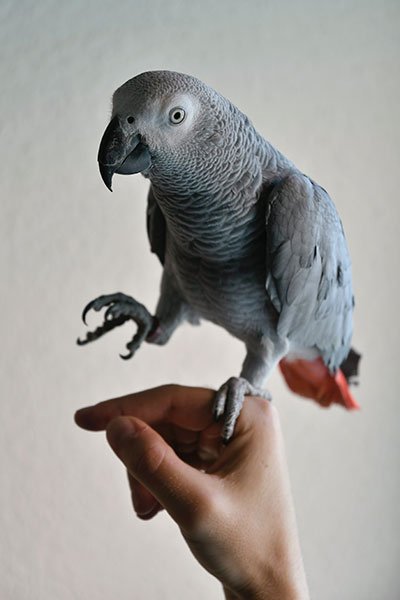
4. Preparing for the trip:
- Research the destination to ensure it is bird-friendly and there are no restrictions or quarantine requirements for bringing a parrot.
- Visit the vet for a check-up and obtain any necessary documentation and vaccinations your parrot may require.
- Pack essential items such as food, water, toys, and a travel cage or carrier.
5. Pack essential items:
Be sure to pack essential items such as food, water, toys, and a first aid kit. Bring enough food and water to last for the entire trip, as well as extra in case of unexpected delays and to settle your parrot into the new accommodation. Also, bring your parrot’s favorite toys and perches to help it feel more comfortable during the journey.
6. Provide fresh air and regulate the temperature:
It is also essential to provide your parrot with enough fresh air during the journey. Ensure that the car windows are open enough for fresh air to circulate, but not too much that your bird could escape or be exposed to excessive wind or drafts. Also, make sure the temperature is comfortable for your parrot. Parrots are sensitive to temperature changes, so it is best to keep the car at a moderate temperature.
7. Plan for frequent breaks:

Parrots require regular access to food, water, and exercise. Plan for frequent breaks during your journey to allow your parrot to stretch its wings, have access to food and water and relieve itself. During these breaks, you can also interact with your bird and provide it with some mental stimulation.
8. Arriving at the destination:
- Before taking your parrot out of its travel cage, ensure that the accommodation is bird-friendly and safe for your feathered friend.
- Introduce your parrot to the new environment and provide familiar items such as toys and perches for it to feel comfortable.
- Stick to the parrot’s usual routine as much as possible.
9. Enjoying the vacation:
- Plan bird-friendly activities such as nature walks or visits to bird sanctuaries, unless your parrot is happy to be left in its cage while you are out and about.
- Monitor your parrot’s behavior and adjust your vacation plans if needed.
- If you take your parrots on walks, remember to use a leash so that it does not fly away.
Warning:
Never leave your parrot unattended in the car, especially during extreme hot or cold weather conditions. The temperature inside the car can become dangerous for your bird, leading to heatstroke or hypothermia.
Conclusion
Parrots require specialized care and attention, and they can become stressed or anxious if their needs are not met. By taking precautions such as securing the bird in a travel cage or carrier, providing access to fresh air and water, and planning for frequent breaks, owners can ensure their parrot is safe and comfortable throughout the journey. This will help ensure a positive and enjoyable experience for both the bird and its owner.
By taking these precautions, you can safely travel in a car with your parrot and enjoy your journey and vacation together.
FAQ about travelling with pets:
1. Can I bring my pet on a plane?
Yes, most airlines allow pets to travel with their owners in the cabin or cargo hold. However, there are specific rules and requirements that must be followed, including the need for proper documentation and an appropriate carrier or crate.
2. Can my pet ride in the car with me?
Yes, pets can ride in the car with their owners. However, it’s important to ensure that pets are secured in a travel crate or harness, that they have access to water and fresh air, and that they are not left alone in the car for extended periods.
3. Can I bring my pet to a hotel?
Many hotels are pet-friendly and allow guests to bring their pets. However, there may be specific rules and restrictions, such as size and breed limitations or additional fees. It’s essential to check with the hotel in advance to ensure that pets are allowed and to understand any specific requirements.
4. Do I need to bring my pet’s food and water bowls when traveling?
Yes, it’s recommended to bring your pet’s food and water bowls when traveling to help ensure their comfort and routine. Using familiar bowls can also help reduce stress and anxiety.
5. Do I need to provide my pet with medication during travel?
Some pets may require medication during travel to help manage anxiety, motion sickness, or other issues. It’s important to speak with your veterinarian before travelling to understand any specific needs or requirements for your pet. Additionally, it’s essential to ensure that any medication is properly labeled and stored during transit.

